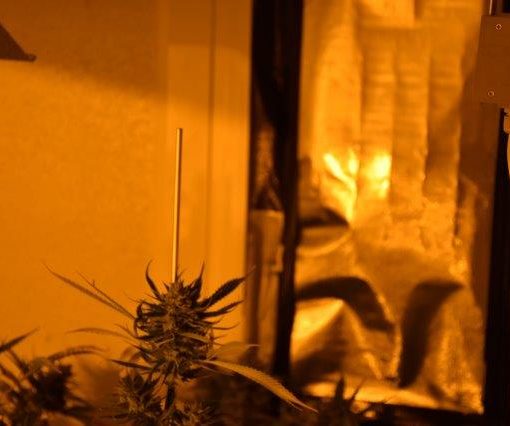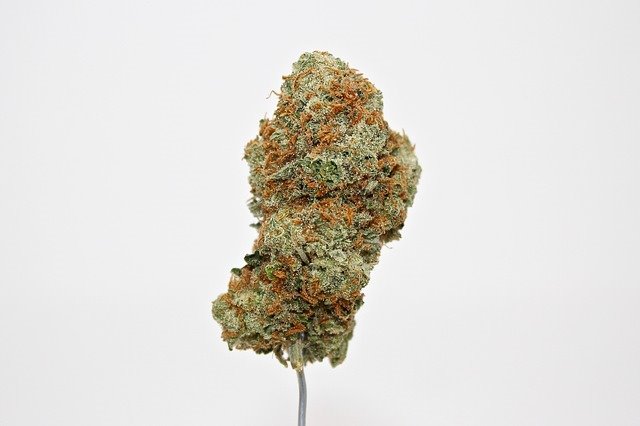 Bokashi, the best anaerobic system to fertilize your plants
Bokashi, the best anaerobic system to fertilize your plants
The term Bokashi is a Japanese word that means “fermented organic matter.” The Bokashi host medium can be almost any fine organic grain or grass-like substance — bran, rice, wheat mill run, used mushroom growth medium, dried leaves and even sawdust. You must inoculate the medium with beneficial microbes that flourish in anaerobic, acidic environments. This antique praxis belongs to what is named “Korean natural farming”. It is a very old way to do organic gardening and remember the term because we will use very often in this web.
To prepare the inoculant, a brew that will attract the good microbes must be prepared. The host material is sumerged in it, and the microbes will ferment. Molasses provides an energy source for the microbes. They will reproduce like crazy. In a few days your medium will be full with millions of these microorganisms.
Once the fermentation stage is over, the inoculated host can be dried, packaged, and stored for a very long time. The bacteria belong primarily to three strains: yeasts, (Saccharomyces spp.), (Lactobacillus spp.), and (phototrophic) purple non-sulfur bacteria (Rhodopseudomonas spp.).
We all know the importance and benefits of soil amendment using compost. We also know that the composting process is an aerobic system. This means the process needs oxygen. Without oxygen the materials used in the compost pile get rotten. We also know that to make compost we never use dairy products and/or meat. If we do it we will be a nasty rotten dough. It is impossible to use it as real compost and if we add it to our plants the result will be a real disaster.
Compost is a wonder. However, it is a real shame to waste certain products that we use in our kitchen. I am talking about dairy food and/or meat. Both products are, more or less, used almost every day by most of the people. It is a pity to waste them. But if instead of aerobic composting we use an anaerobic process, these products will become a precious part of our cannabis (or any other plant) garden. Therefore, the question is to process the products without oxygen. If we do it properly, we will be able to do it at home. And it will not smell badly. How does it work?
While the most common use for Bokashi is as an inoculant in anaerobic composting, it can also be added to your regular aerobic compost pile, added directly to soil, or used to create compost tea to water your plants. The results are brilliant. Your buds will be enormous and full of sticky resin. Remember this technology was born in Korea thousands of years ago. And it continues being used nowadays.
In bokashi composting, kitchen scraps of all kind, including meat and dairy products, are mixed with some of the inoculated bran, pressed into the Bokashi bucket (it can be a regular trash bin) , covered with another handful of bran, and tightly covered. This point is very important. “Tightly covered” means without oxygen circulation. That makes the difference between aerobic and anaerobic composting.
Once the bucket is full, we must cover it and it has to be sealed and set aside for a couple of weeks. If you want to leave it more time there is no problem. When after this period of time you open the bucket, the smell will be pickled. This is what we can call pre bokashi. It is not completely ready. Being too acidic, if it gets in contact with your cannabis plants, the roots can suffer. But in no more than a couple of weeks it will be completely ready. Although cannabis is a plant that prefers acidic soils, the pre bokashi is a bit too much. You can bury it in a fallow spot of your garden.
Although you could do your own incoculated bokashi bran, I recommend you to buy it at your shop or greenhouse. It is probably the most inexpensive system to fertilize your plants. And it is very simple to build your pile day after day if you have the Bokashi bucket in your kitchen. Once a day you mix your kitchen waste (don’t forget to include your meat waste and dairy products) with a handful (more or less) of Bokashi. The quantity must be enough to lightly cover the waste. After that, you have to press them into the bin, sprinkle another handful of bran over them, and close the lid. The reason why you press the product is to avoid oxygen circulation. Remember that Bokashi is an anaerobic system. And it doesn’t produce bad odor. I personally like it!
When we say the Bokashi mixture has to be dug into the garden after fermenting for a couple of weeks shouldn’t be misunderstood. It doesn’t mean it is done. What we have is pre bokashi. After a month we can fully incorporate it into soil.
Nothing about this making Bokashi is difficult; none of the steps take much time. Even with all the waiting for the various fermentation stages, the entire process takes about five weeks. Your cannabis will become excellent and, on top of it, your soil will be improved. The effects will last a long time. You will not have to spend your money buying expensive fertilizer. And on top of it, you will be recycling an important percentage of your trash.






